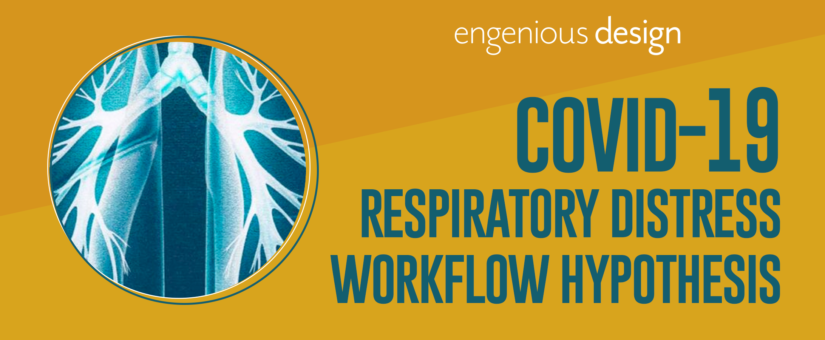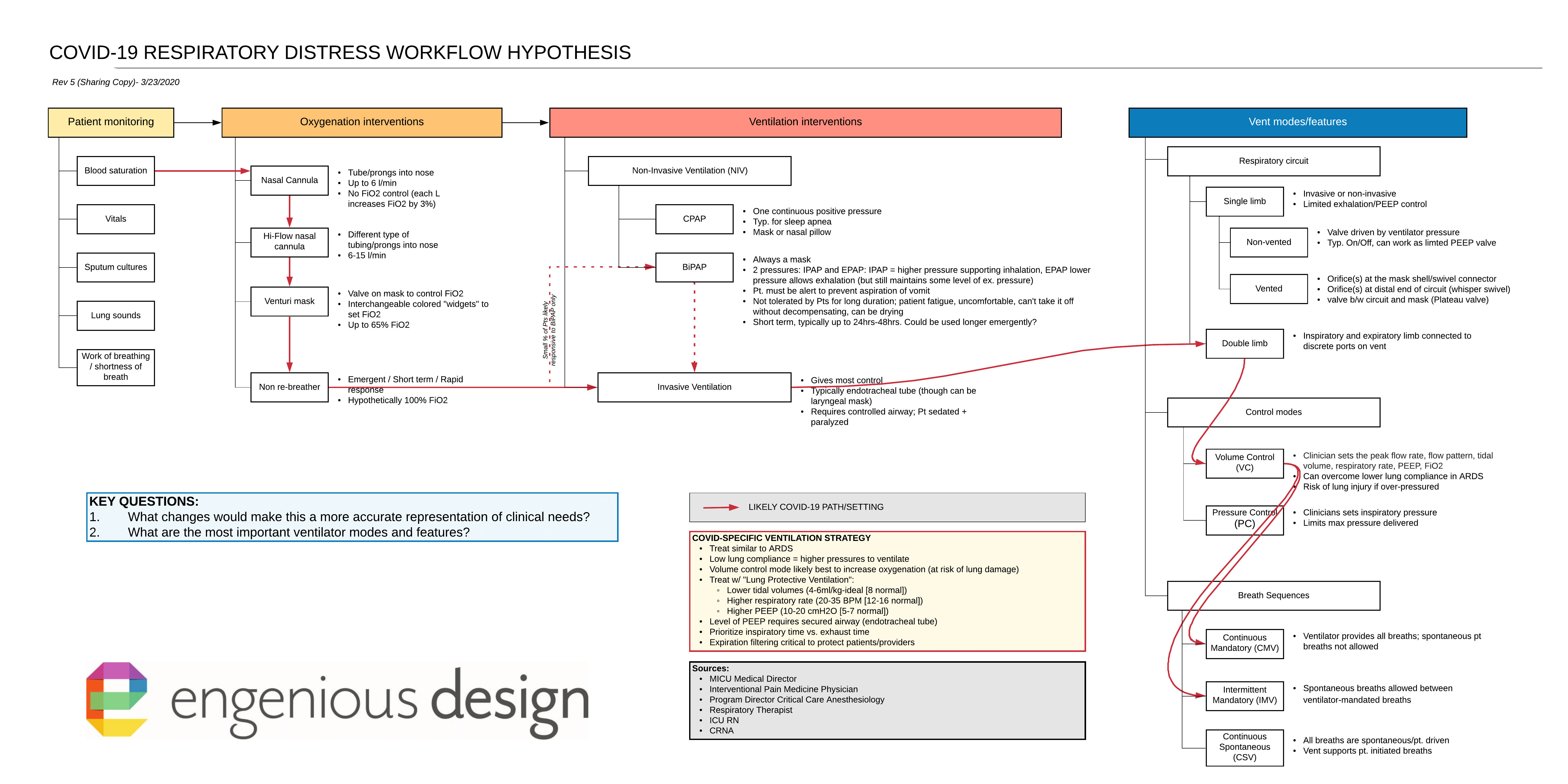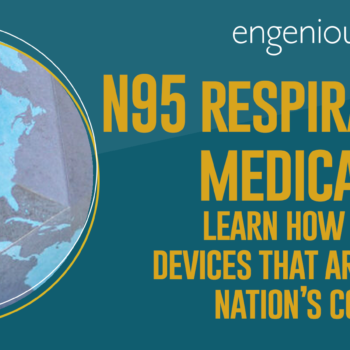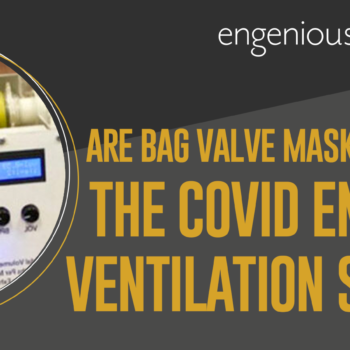
COVID-19 Respiratory Distress Workflow Hypothesis
- Posted by Brian Hatesohl
- On April 2, 2020
When Engenious got the call from a government organization to help brainstorm ways to avoid a ventilator crisis, we jumped into action. It was obvious that there were a thousand ways to design a ventilator, but we were particularly interested in designing something that meets the core needs of doctors and nurses on the front lines of treating COVID patients. What types of ventilator control modes are useful? What level of pressure and flow support is expected? What are the must-have features, and what are just nice-to-haves in an emergency?
Leveraging our Clinical Insights network, in 24 hours we connected with many clinicians from across the country and Italy. We received design feedback from medical directors at major teaching hospitals to nurses and respiratory therapists at critical access hospitals. Engenious organized this information into a list of critical user needs to inform design – then turned our engineers loose to brainstorm creative electro-mechanical concepts to meet those needs.
Click to view larger image
We developed this starting hypothesis, which is imperfect, and a work in progress. If you are an expert in respiratory therapy or ventilation, please review and weigh in as we continue to refine this workflow and the resulting need! The ultimate goal is to outline Minimum Viable Product specifications for a simple emergency ventilator. We are grateful for your input and help to fight this threat to the health and welfare of the world.
ABOUT THE AUTHOR(S)
Brian Hatesohl leads the mechanical engineering team at Engenious Design. Married to a registered nurse, Brian is constantly looking for ways to connect design and engineering teams with the clinicians who will use medical devices of the type designed at Engenious.





